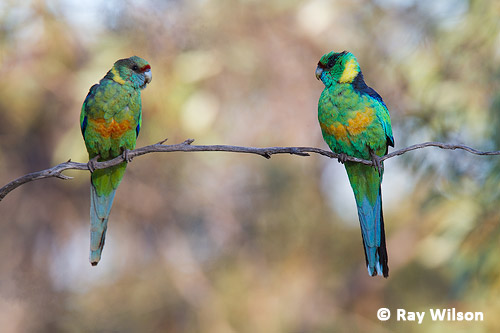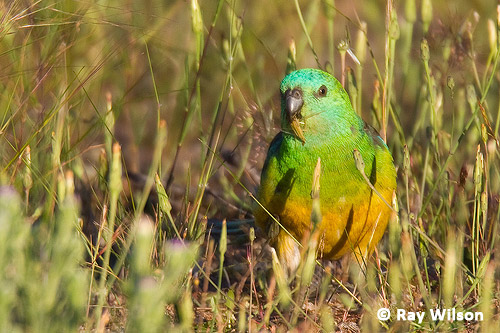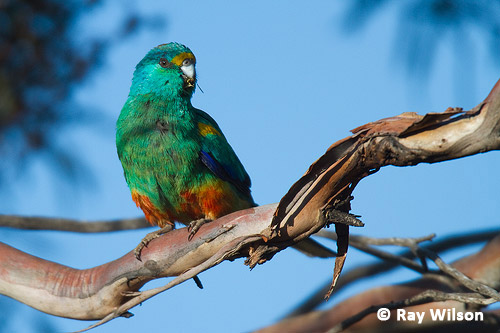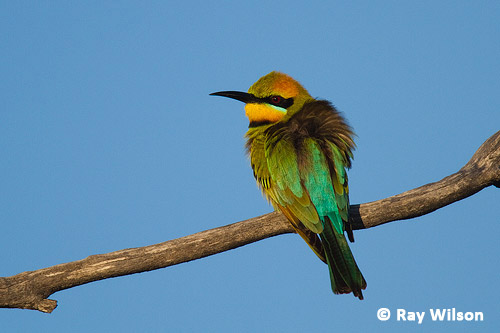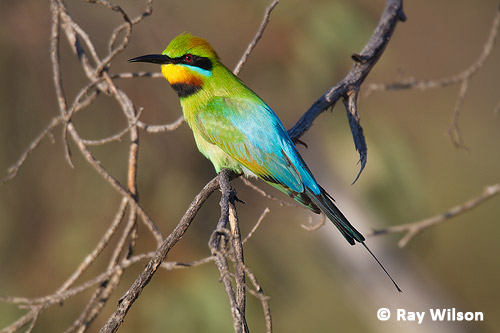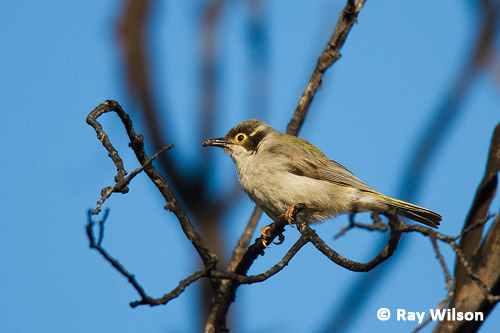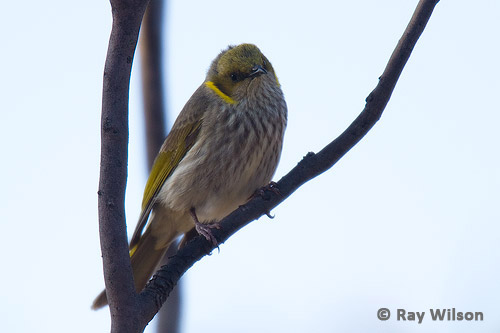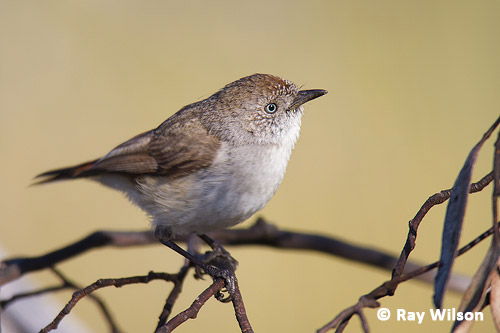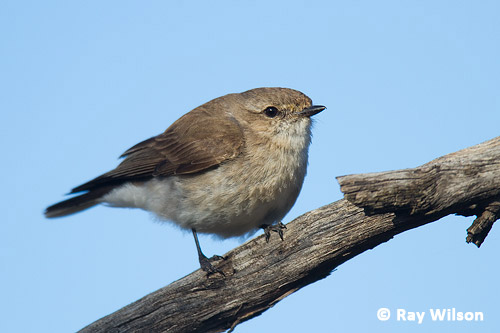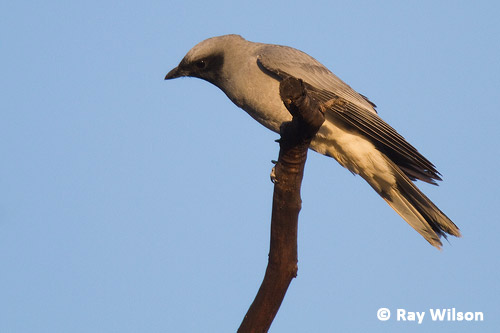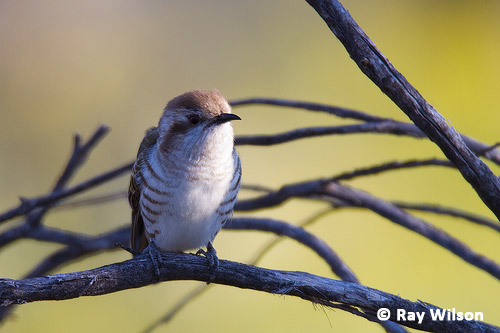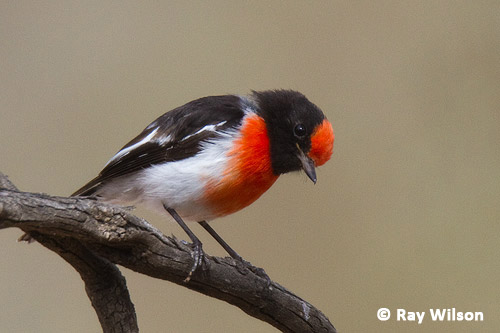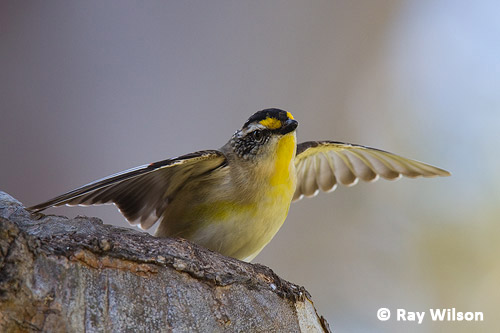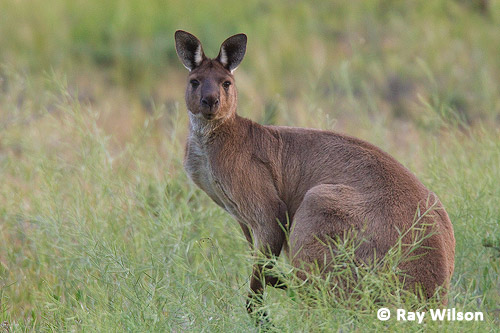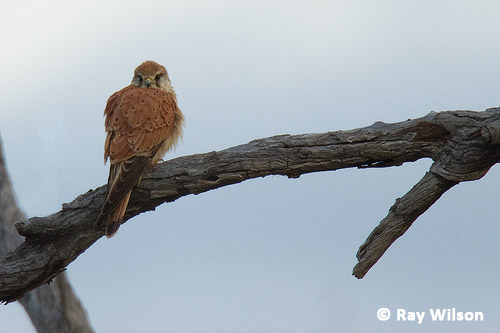
- Home
- Workshops / Tours
- Diary / Blog
- Galleries
- Foreign Trips
- Tasmania 2016
- NE Queensland 2016
- Western Alps 2016
- NE Spain 2016
- Australia's Wet Tropics 2015
- Australia's Top End 2015
- SW Australia 2015
- Switzerland 2015
- Andalucia 2015
- Belize 2015
- Australia 2014
- Switzerland 2014
- Belize 2014
- Bahama Islands 2014
- Switzerland 2013
- Ecuador 2012-2013
- Florida 2011-2012
- Vancouver Island 2011
- Australia 2010
- Peru 2008
- Bulgaria 2007
- Lesvos 2006
- California 2006
- New Zealand 2005
- Extremadura 2005
- Goa, India 2004
- The Gambia 2003
South-eastern Australia
25th September - 17th October 2010
Wyperfeld National Park, Victoria
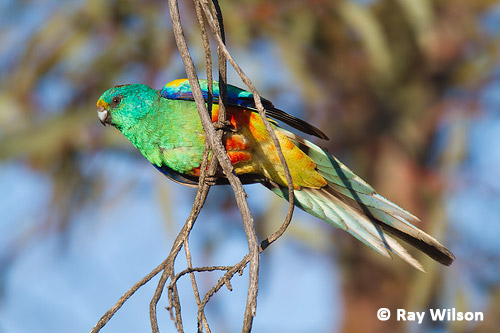
Mulga Parrot (Psephotus varius)
Wyperfeld National Park, located about a two hour drive south of Mildura, encloses a large area of malee scrub and native pines and is home to a wide variety of wildlife.
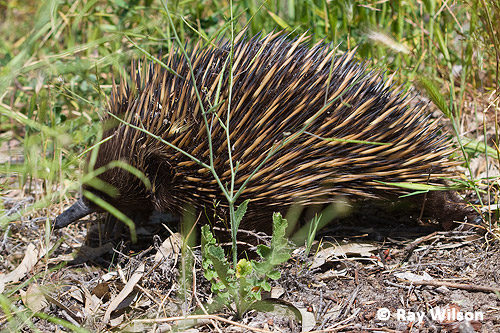
Short-beaked Echidna (Tachyglossus aculeatus)
I arrived at the park in the early afternoon and, due to the harsh midday sun, I wasn't expecting to be taking any photos until the light improved and the wildlife became more active again. An Echidna trundling across an open area of the campsite changed that notion pretty rapidly! Unfortunately I was at the pay station at the time, filling in the form for the campsite and I didn't have my camera with me. By the time I had sprinted back to the car, grabbed the camera and sprinted back again (breaking Usain Bolt's 100m record in both directions), the Echidna had moved into an area of denser vegetation and was heading purposefully for some shade. I was just a few seconds too late and the shot above is the least obscured photo I was able to get.
Mallee Ringneck (Barnardius barnardi)
The most productive area that I found was the short circular walk that takes you to a Malleefowl mound. Although I didn't unfortunately see any Malleefowl, the surrounding scrub contained an abundant supply of birds, including 6 species of parrots.
Red-rumped Parrot (Psephotus haematonotus)
Despite being such colourful birds, it always amazes me how hard they can be to spot at times. Red-rumped Parrots were particularly difficult to see when they were on the ground feeding on the grass seeds.
Mulga Parrot (Psephotus varius)
Mulga Parrot was my favourite of the selection on offer. Incredibly colourful birds!
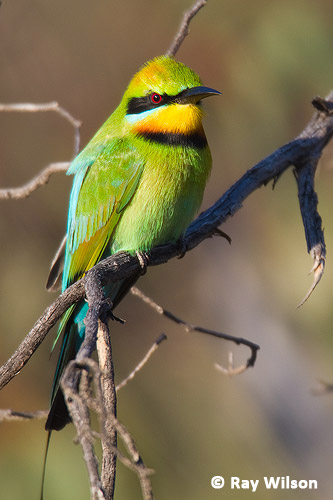
Rainbow Bee-eater (Merops ornatus) |
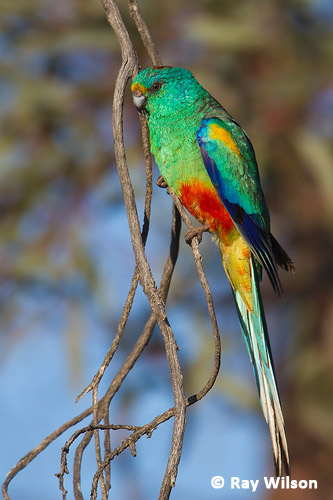
Mulga Parrot (Psephotus varius) |
Another favourite was the small flock of Rainbow Bee-eaters that frequented an area of open scrub. Not only are they beautiful birds, but they were also very cooperative too, frequently landing on branches only a few metres away from me.
Rainbow Bee-eater (Merops ornatus)
Rainbow Bee-eater (Merops ornatus)
Most of the other birds were quite drab in comparison, but no less interesting.
Brown-headed Honeyeater (Melithreptus brevirostris)
Brown-headed and Yellow-plumed Honeyeaters were the most prevalent members of their incredibly diverse family...
Yellow-plumed Honeyeater (Lichenostomus ornatus)
...while Chestnut-rumped Thornbills were a welcome change from the abundant Brown Thornbills I had been seeing elsewhere.
Chestnut-rumped Thornbill (Acanthiza uropygialis)
Jacky Winters were making up for their nondescript appearance by making lots of noise and the occasional songflight.
Jacky Winter (Microeca fascinans)
Although it might not look terribly exciting in the photo, Black-faced Cuckoo-shrikes were quite impressive birds with a luminous quality to their silvery grey plumage that really stood out in the late evening. They are a lot larger than is probably apparent in the photo too, being about the size of a small crow (30cm).
Black-faced Cuckoo-shrike (Coracina novahollandiae)
In contrast, Horsfield's Bronze-cuckoo is smaller than you might assume a cuckoo to be. It is robin-sized (15cm).
Horsfield's Bronze-cuckoo (Chrysococcyx basalis)
Speaking of robins...
male Red-capped Robin (Petroica goodenovii)
This beautiful male Red-capped Robin was holding a small territory in an area of dense mallee beside the Mallefowl walk car park.
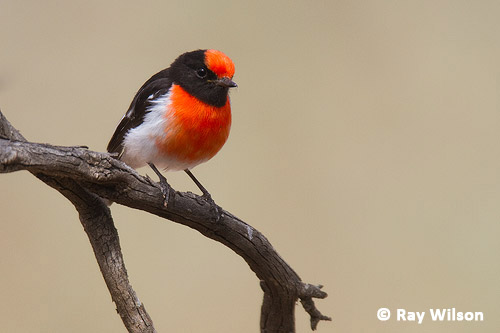
male Red-capped Robin (Petroica goodenovii)
Both him and his mate put on a good show for me every time I visited over the 3 days I was in the park.
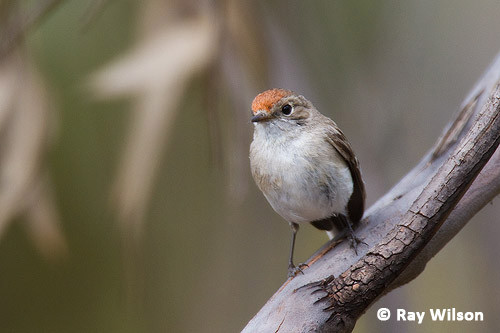
female Red-capped Robin (Petroica goodenovii)
The wildflowers in many areas of the park were in full bloom and created beautiful carpets of yellow as far as the eye could see...
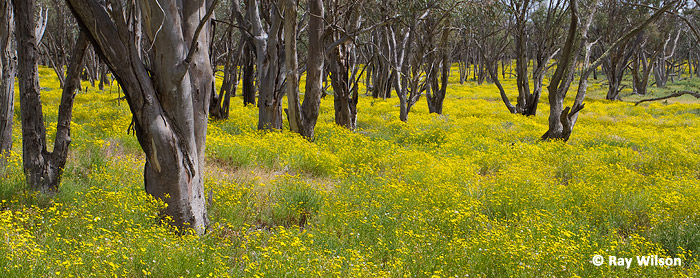
The Black Flats walk starts in an area of very open forest where the eucalypts are a lot taller than they are in most of the mallee.
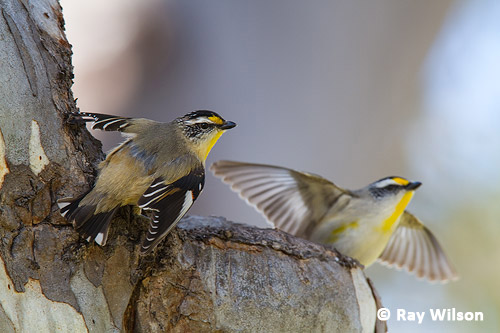
Striated Pardalote (Pardalotus striatus)
Here, a pair of Striated Pardalotes were performing wing-flicking displays outside of their nest hole.
Striated Pardalote (Pardalotus striatus)
The walk passed a dry lake bed where a mob of about a dozen Western Grey Kangaroos were quietly grazing.
Western Grey Kangaroo (Macropus fuliginosus)
A constant irritation when you are in the Australian bush is the Bushfly. Swarms of these follow you everywhere you go, persistantly landing around your eyes and mouth where they try to suck moisture and salts from your skin and tears. Very annoying, but at least they don't bite!
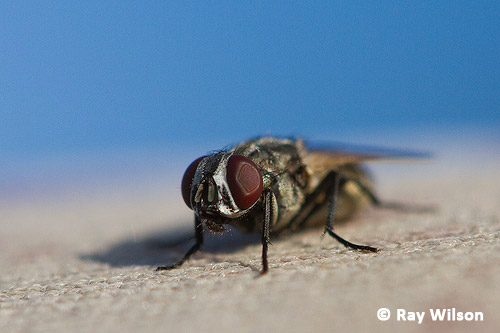
Bushfly (Musca vetustissima)
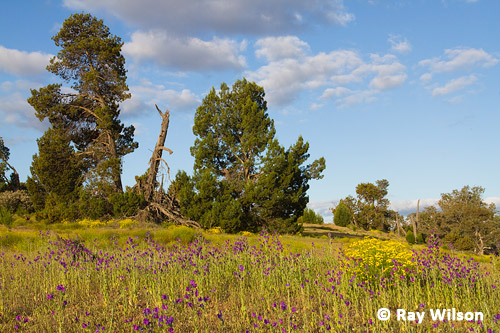
The sandy soil around areas of native pine trees is riddled with Funnel Ant nests. These tiny, nocturnal ants are rarely seen but are so abundant that in many places the soil is so undermined by their tunnels that the ground is unstable and liable to collapse if you walk across it.
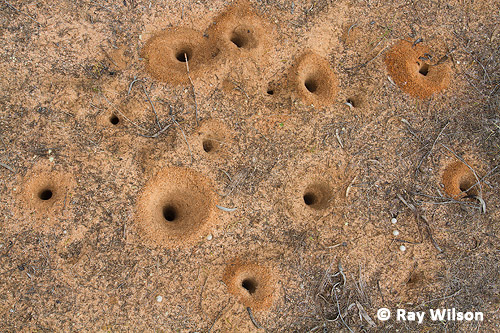
Funnel Ant nests
Another feature of mallee scrub is the large mounds of porcupine grass which allow Australia's largest bird to blend in perfectly with their surroundings and make them surprisingly difficult to spot.
Emu (Dromaius novaehollandiae)
Australian Kestrel (Falco cenchroides)
Ray Wilson owns the copyright of all images on this site.
They may not be used or copied in any form without prior written permission.
raywilsonphotography@googlemail.com
